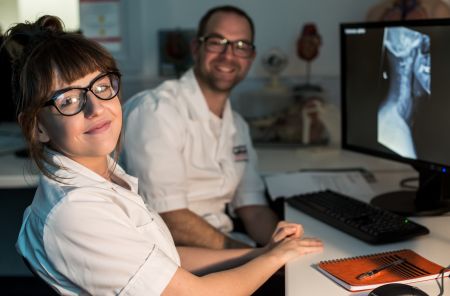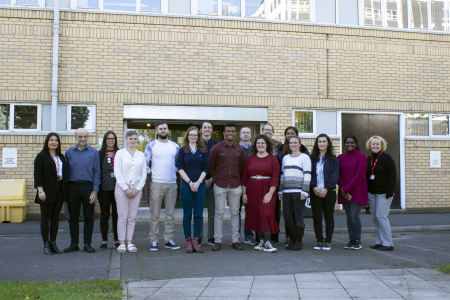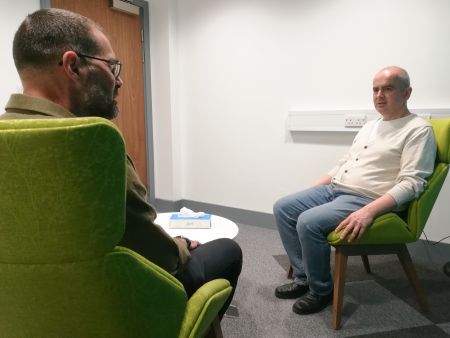
Student athletes help international team research weightlifting
Friday 10 February 2017
Student athletes from the University of Salford are helping researchers on both sides of the Atlantic find out whether changing a weightlifting technique improves performance.
Members of the Team Salford’s rowing and football clubs – along with cyclists from the Manchester BMX club based at the National Cycling Centre – are providing vital data for the study which could go on to affect how athletes are trained to lift weights.
Dr Paul Comfort, from the University’s School of Health Science, has joined forces with Dr Tim Suchomel from Carroll University in Wisconsin, under a project funded by the USA’s National Strength and Conditioning Association.
Researchers hope to find out whether making alterations to a ‘power clean’ – in which an athlete pulls a barbell off the floor from a squatting position, and catches the bar across their shoulders in a shallow squat – could fundamentally change muscle and athletic development.
Although professional weightlifters are taught to drop below the bar in a front squat position to ‘catch’ it as part of the action, Dr Comfort says other athletes – who carry out this exercise as part of their strength and conditioning work – may not benefit from this phase.
He says the catch phase adds minimal additional stimulus based on the findings of previously published research by both himself Dr Suchomel.
He explained: “For years everyone has been told that there’s only one way to correctly perform a power clean. But some athletes can’t physically perform the catch, so we’re finding out whether it’s necessary at all, and if performance actually improves if you eliminate that part of the action.”
The student athletes, who are being paid for their efforts as part of the research grant, will train twice a week at the University’s Strength and Conditioning Suite and will be split into two groups of 14 – one which will perform the ‘catch’ as normal and another which will carry out a pulling variation eliminating the catch.
After eight weeks, Dr Comfort and his researchers will assess strength power and jump performance in addition to using ultrasound to see whether there has been any difference in the muscle development of the two groups.
They will also use force plates to see how powerful each group of athletes have become while jumping – an action which uses the same muscle groups as those developed while carrying out the clean lift – as well as looking into how much weight each group is able to lift.
Dr Tim Suchomel from Carroll University, Wisconsin, will carry out the same experiment using a group of American student athletes.
The two academics will also use data from an earlier study which the University of Salford carried out with players from Crew Alexandra Football Club, and hope to issue a series of research papers based on the research.
Dr Comfort said: “This is a very exciting international collaboration and I’m proud that we’ve been able to involve our own students across all levels of study in training the athletes and collecting data which could go on to have a major impact on how athletes are trained in years to come.”





